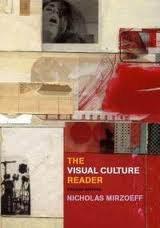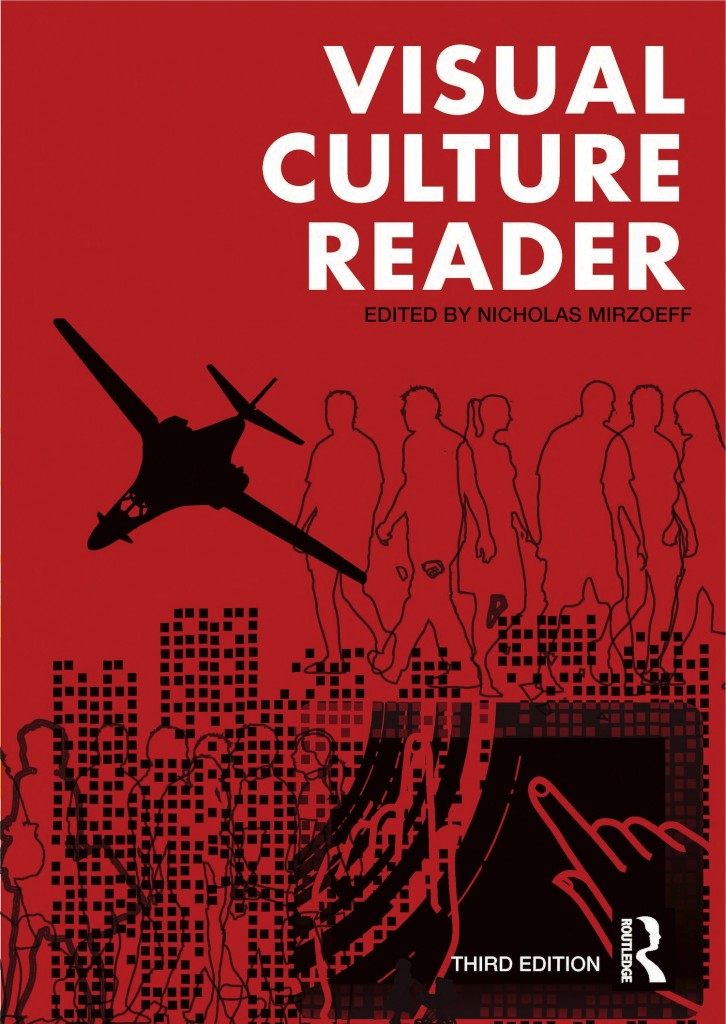Remember when being interdisciplinary seemed cool? if you’re under 30 you won’t. There was a time in academia when crossing the formally defined boundaries of established disciplines was transgressive in and of itself. So when visual culture set itself up as a field about 1991, it was so exciting to challenge fusty old fields like art history and link to the-then new areas of film studies and cultural studies.
So exciting that we failed to notice the way in which new modes of visualization were being deployed in the Revolution in Military Affairs that was transforming global military strategy after the Cold War. In fact, some would argue that it was the RMA that ended the Cold War by making the Soviet Union and its allies feel compeled to invest massively in information technologies that could not compete with their Western counterparts.
A Visual Culture Reader that I edited appeared in 1998. Its opening section was a careful attempt to measure how critics had moved away from art history under the influence of feminism and Marxism. The book was used widely at first only by studio artists, who were and are far more open to new ideas than most academics. When the book was planned in 1996, I was using a browser called Mosaic and the Internet was not considered as important as the imagined future of Virtual Reality.
Of course, very soon that was clearly a mistake. In 2002, a second edition of the Reader was issued that was conceived as addressing the Internet revolution and moving on from the disciplinary debates into the greener pastures of “the new interdisciplinary field of visual culture,” as the back cover had it. Just as I was drafting the introduction 9-11 happened. Visual culture became belatedly aware of its connections to militarization and the decade that followed was often known as the “war of images.”
The mantra
9-11/ Shock and Awe/ Abu Ghraib/ Hurricane Katrina
came to express the rationale for the field as well as constituting the core of any class or syllabus. So for a long time a Reader formed in the moment when the Cold War became global counterinsurgency served its audience very well.
Today a new Reader came out. It’s one that sets aside aspirations of transforming universities from within and returns to a perhaps older project of connecting to social movements outside and across universities. Motivated by a sense that it no longer served its contemporary moment, this new Reader was compiled as the Arab Spring was sowing the seeds for the Indignados and Occupy. So other than the last comments added in to my Introduction, the essays don’t directly address Occupy.
That said, many of the writers have been significantly involved in the movement in many different ways. And we all came together in agreement that when the police said to us “Move on, there’s nothing to see here,” we knew that they were lying. So in this volume, the concern is with visualizing and who has the authority to claim to visualize. How do we claim the right to look, prior to and outside of all law? What autonomy is there to be found in the mutual invention of each other? We decided that the collective name for these questions would be critical visuality studies. It’s an open name for an ongoing project. Given the current state of higher education, there won’t be university departments or degrees and perhaps that’s a good thing. Can we say, our eyes are open now? (not literally, in case the trolls are reading).
Just as with each previous iteration of this Reader, it has emerged into a moment of transformative change in which it may help some people see further and help them imagine what to do next. There won’t be another print version of the book. The time for bulky volumes is over. So we really went to town on this one with lots of pictures, full-length essays, photo essays, and fifty contributions, mostly written new for this book.
From here, the participants are taking up the challenge of the times by setting up militant research projects in New York and Los Angeles that will begin with the questions that the movement has posed to artists, critics and writers and work them out together.


